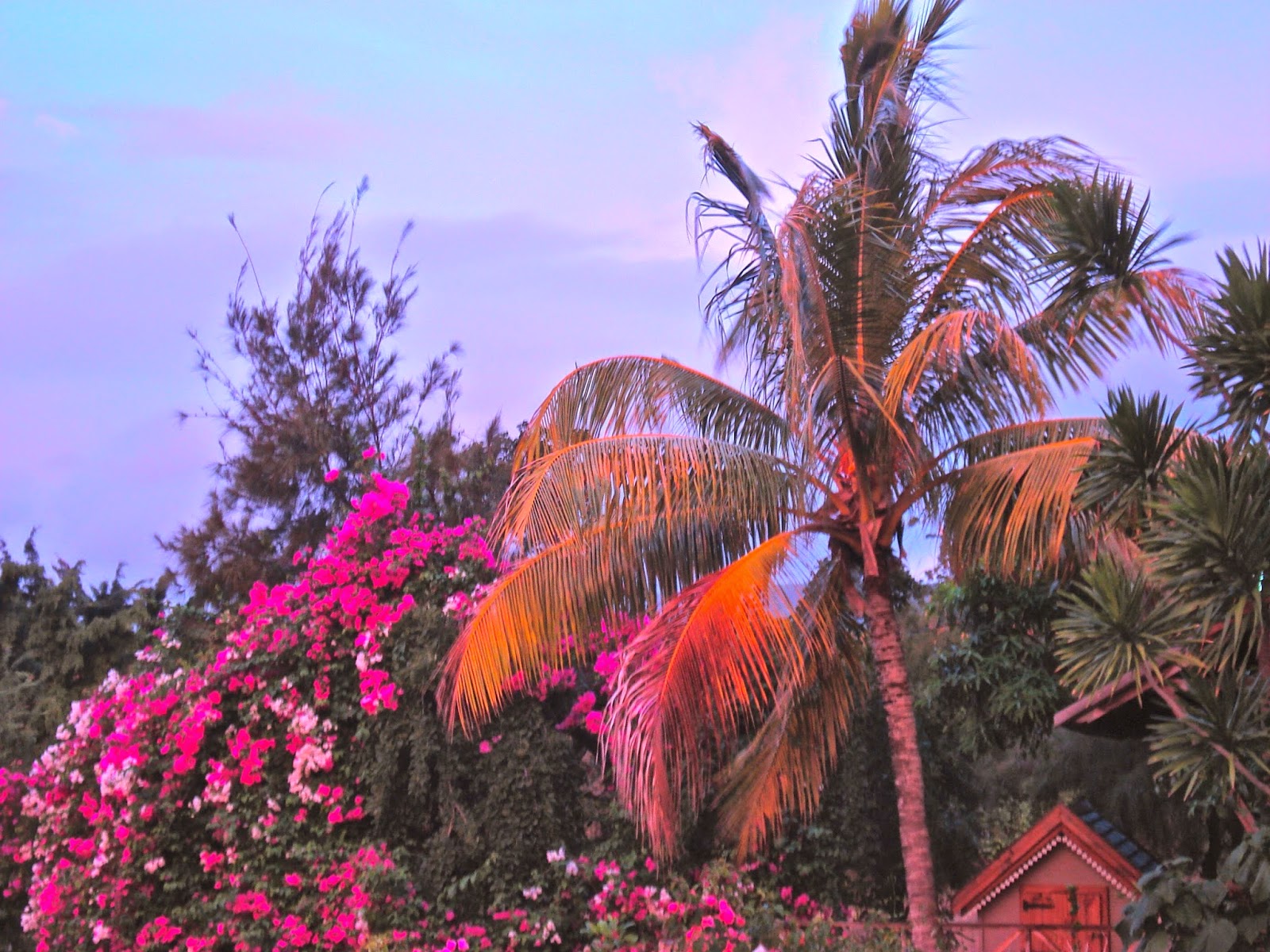Mauritius – Returns at Mahébourg
I am too relaxed to read; too content to think; blissed out by the same love of Mauritian landscape that ripened the Romantic writing of Jacques Bernadin de Saint-Pierre almost 250 years ago. There is something magical about being in Mauritius which always makes my heart feel it is in a sacred space.
 The philosopher Joseph Campbell often spoke about discovering your bliss in sacred spaces – an awareness that you are being guided by hidden hands through open doors towards a path which seems to have been waiting for you. Once you find this path then stay with it; journey towards the thing your heart really wants... no matter what. When you follow bliss, you arrive in bliss. Poets are redefined by him as those souls who have managed to make a profession and a lifestyle out of being in touch with their bliss.
The philosopher Joseph Campbell often spoke about discovering your bliss in sacred spaces – an awareness that you are being guided by hidden hands through open doors towards a path which seems to have been waiting for you. Once you find this path then stay with it; journey towards the thing your heart really wants... no matter what. When you follow bliss, you arrive in bliss. Poets are redefined by him as those souls who have managed to make a profession and a lifestyle out of being in touch with their bliss. 
We could possibly even argue that Bernardin de Saint-Pierre had discovered his own bliss in Mauritius, and was able to carry it home to France. There, it continued to speak to his heart, enabling him to create a new life for himself in familiar surroundings – understanding in the echoes of Psalm 87: ‘All my springs are in thee.’
Sitting here now, watching shadings of rain fall far out across the boom of surf near the horizon, I reflect upon a painting I had seen earlier today, at a museum in Mahébourg. It depicted Bernardin de Saint-Pierre’s characters Paul and Virginie. While looking at it, I remembered having bought the novel on my last day in Mauritius in 2007 – at the airport bookshop. I read it as my plane flew across African skies towards Europe. Each word I encountered on that flight made me fall in love with the book more and more. Even now, I still find more and more to love about that book each time I read it – discovering something new about it and me... the same way we do about our loved ones (when we stop and look closely enough).
Standing in
front of that painting today, I realised just how much that book and that
initial visit to Mauritius had helped create the life I was now enjoying: writing a PhD thesis on travel literature in
which Bernadin de Saint-Pierre played a minor but influential role... back in
Mauritius writing... watching how following bliss had played a minor but
influential role in everything that happened the moment I left here in 2007 and
continues to unfold now. One book, one
island, and a billion new possibilities every day. How much I love this place.
























